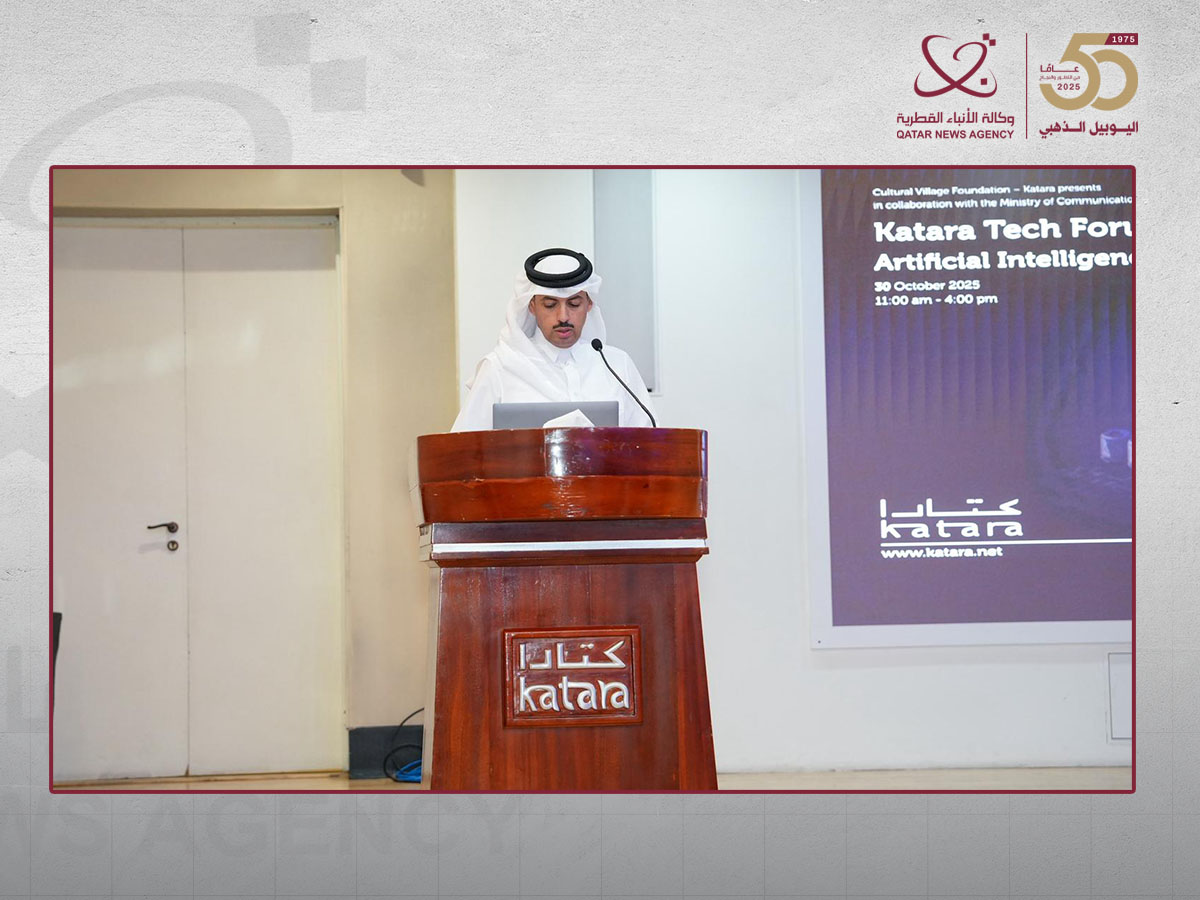Copyright Fast Company

Imagine living in a house with the latest smart home system: lights dim on voice command, your thermostat learns your schedule, your refrigerator orders milk before the carton runs out. It’s practical yet delightful. It improves your daily life. Now imagine that same house built on shaky foundations: the electric wiring is aging, and the plumbing is rotting. No matter how advanced your devices are the structure won’t support them reliably. That’s the difference between AI and blockchain. AI is the smart tech; blockchain is the well-designed infrastructure that ensures everything works reliably, predictably, and with integrity. Similar to how a home needs both features and structure, our digital economy will demand both AI and blockchain. One amplifies capability, the other ensures resilience. Subscribe to the Daily newsletter.Fast Company's trending stories delivered to you every day Privacy Policy | Fast Company Newsletters The real promise of blockchain Just as cloud computing once seemed abstract until it powered every app, blockchain quietly is becoming the fabric woven into how money moves, contracts are enforced, and systems operate with one another. For leaders, innovators, and builders, our job is to see past the surface-level headlines and recognize structural shifts. That’s where we are with blockchain. Paying attention now determines whether you’ll lead the next economy—or scramble to adapt after the rules have changed. Two areas in particular highlight how blockchain and AI together can reshape finance: programmable money and transparency in financial records. 1. Programmable money One of the biggest opportunities is programmable money used by AI-driven agents. Programmable money is digital currency with built-in logic. It can move, settle, or trigger actions automatically based on predefined conditions and rules, releasing payment only when goods are delivered, paying employees instantly after clocking out, or compensating an AI agent the moment it completes a task. An AI agent is a bit like a personal assistant. It interprets requests, figures out how best to deliver on them, and improves over time. They can act autonomously to complete tasks and make decisions to meet your requests. These AI agents don’t only work during traditional hours, and they don’t have an “identity” according to traditional regulatory frameworks, yet they need reliable ways to be compensated in real time. Blockchain-backed stablecoins are a natural solution. Consider an example of this powerful combination in real estate: An AI agent confirms the accuracy of documents, closes a transaction, and disburses funds. If it’s a Sunday morning and payment rails like ACH or wires are closed, how does the transfer clear? Stablecoins enable settlement on digital time, not banker’s hours. This is already moving from theory to practice. For example, Google just announced an Agents Payments Protocol, which provides a blockchain-based framework for ecommerce transactions conducted by AI agents. Other leading payment companies like PayPal, Mastercard, and American Express also are embracing this technology. This is a clear example of the intersection of AI and blockchain for a pragmatic use case. advertisement 2. Financial transparency Underwriting offers another example of the importance of applying blockchain principles to AI. AI is now shaping how risk is assessed, and loans are priced. That creates real concerns about fairness, bias, and explainability. Regulators and consumers alike want to know why a loan was denied and what data drove the decisions, breaking open the black box of financial decision-making. Blockchain offers an answer. It can record AI-driven activity (data inputs, validation steps, approvals, compliance checks), creating a verifiable record across a variety of consumer products like mortgages or credit cards. Instead of a vague “application denied,” consumers would know the exact reason, like missing income verification or a high debt-to-income ratio. For approvals, the record would highlight the inputs behind the interest rate—credit score, income, loan-to-value—so borrowers know what mattered most. With the same validated data applied across applicants, regulators can verify fairness while consumers gain clarity. Together, AI and blockchain don’t just deliver speed. They deliver financial systems that are more transparent to regulators, more understandable to consumers, and ultimately more durable. The long game belongs to blockchain AI is transformative because it amplifies what we already do. It’s the smart home app that learns your lighting preferences based on circumstance. Blockchain is different. It’s the building department, inspector, and the wiring behind the walls: setting the rules for what can be built, verifying the work, and powering the entire system. For consumers, opaque financial decisions—like sudden credit card fee increases, shifting interest rates, or unexplained loan denials—have long been the norm. The combination of AI and blockchain is poised to change that bringing clarity to the individual and accountability to the system. For leaders and innovators, the blueprint for the future is straightforward: Prepare for an AI future by building a strong blockchain foundation as rapid growth in transaction activity will demand scalable, composable infrastructure Leverage transparent, fair, and accurate design principles so AI decisions can be explained, verified, and defended. Move beyond pilots by embedding blockchain into mission-critical workflows where speed, settlement, and reliability are non-negotiable. The intersection of AI and blockchain is shaping up to be a massive market reset. Those who embrace it now will define what comes next. Michael Tannenbaum is the CEO of Figure.



